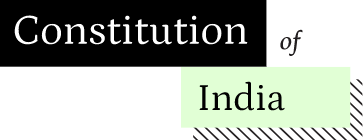My first amendment is only a means to an end and the end is to fix a maximum. A minimum has been suggested in the report. For smaller provinces, the recommendation in the report may work very well, that is, under the new constitution, representation should be one member for every lakh. But if we apply this principle to the bigger provinces, in my opinion, the legislative bodies will be so unwieldy that work will suffer. Take for example the most populated of the Provinces, the United Provinces which have a population of more than five and half crores according to the census of 1941. If we are to give as recommended in this Draft Constitution one representative for each lakh, the House will have at least, 550 members. We know that in every census the population in India increases on an average by 15 per cent. So after 1951 we will have increased this big number by another 15 per cent. Or in other words, U. P. will have a Provincial Assembly of more than 600 persons. Well, the same will occur in the Madras Presidency which has now 49,300,000 population and so will have a House of 493. Even Bihar which has got a population of 36,300,000 will have at least 363 members in its Provincial Legislative Assembly. In my opinion, Sir, these are very substantial numbers. It has been the experience of almost everyone that the larger the number in a body the less the interest of parties concerned therein. In order to make these constitution of the provinces not unwieldy, I have proposed that a maximum should be fixed and the maximum should be 300. In the present constitution of 1935 we had adopted similar reduction and therefore there is nothing novel in my suggestion, e.g., Bengal which till lately had a House of 250 members counted over 6 crores of people in the last census, Madras which now counts 49,300,000 people has a House of 216, U.P. 268, and Bihar 152.
